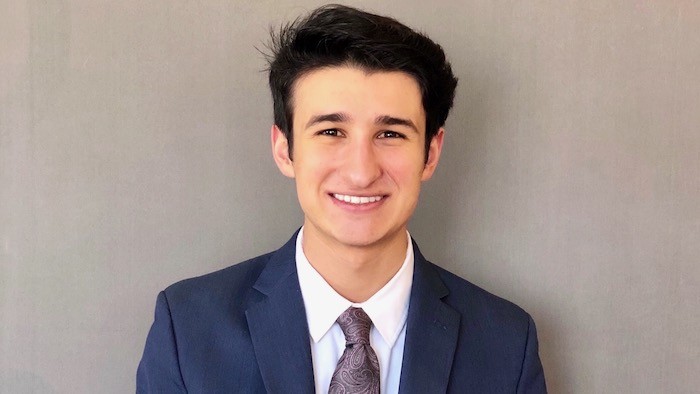
Students generally don't have much say in their education. It doesn't have to be that way.
In This Lesson
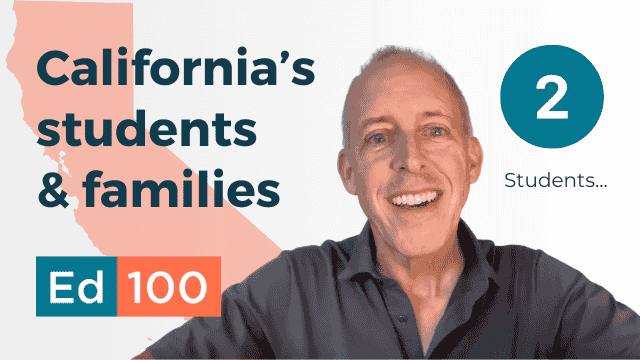
What is student voice?
What is an ASB?
How are ASBs organized legally?
How are PTAs involved in student leadership?
Why are site councils important for student leaders?
How can students get on a school board?
What surveys can help collect student feedback?
How can students help with teacher evaluations?
How can students influence state policy?
What is the seal of civic engagement?
When can students register to vote?
▶ Watch the video summary
★ Discussion Guide.
Public education is an enormous system run by adults for the benefit of children.
This lesson explores some of the ways that school systems meaningfully incorporate student voice in the operation of schools and school systems.
What is Student Voice?
At its best, student voice connotes genuine student influence based on feedback intentionally sought, especially in matters of importance.
This doesn't happen automatically. In many schools and school systems, students have no meaningful input at all. It's difficult to continuously develop effective processes, organizations and relationships that develop student leaders. Leadership is partly about relationships, and students need help to forge connections with faculty or government leaders. Student leaders who overcome these barriers grow up and move on.
What is Student Government?
Student government is a classic "sandbox" for students to develop leadership skills and experience. In many schools it is a small sandbox, with few expectations or opportunities, little or no faculty support, and no money to work with.
Under California law (the Education Code), student governments in public schools may raise money and, with oversight, decide how to spend it. These school-based student leadership groups are often called Associated Student Body organizations, or ASBs. Students involved in these organizations have opportunities to develop a variety of skills, including fundraising, planning, budgeting, and communication.
ASB funds, where they exist, are often used to provide equipment for activities and school-wide events such as dances, rallies, or performances. Well-run ASBs prepare a budget detailing planned fundraisers, how much the fundraisers will cost to execute, and plans for what to do if there is either a surplus or shortfall. After the budget is approved by the students, an advisor, and the student council, the school district’s business office must also approve it.
Formally, there are two types of ASBs: unorganized and organized. In unorganized ASBs, students don’t actually govern, at least when it comes to matters of money. Students are usually involved in fundraising, but the school administration typically oversees funds.
In rare cases, it is possible and legal for well-funded student councils to take the step of becoming organized ASBs, which are non-profit entities independent from their school district. Subject to their by-laws, the students directly make the decisions, including planning, fundraising, and spending. Adult supervision is provided through school administration, club advisor(s), and someone designated as the ASB bookkeeper, who assists and co-approves decisions.
How are students involved in PTAs and PTOs?
Parent organizations (PTAs, if affiliated with the state PTA, otherwise PTOs) are associated with schools or groups of schools. Most PTA organizations that serve high school grades designate themselves as PTSAs, adding the letter S to reflect that their bylaws include some kind of formal leadership role for students. The details can vary a lot. Students in California PTA-affiliated organizations are eligible to hold any leadership office.
How can students improve their own schools?
Students have a lot to say about their schools. Confident teachers and school leaders take time to solicit open-ended feedback from students. Some schools and districts collect information about student perceptions and experiences to build a strong school climate, as described in Ed100 lesson 5.10. Results from the California Healthy Kids Survey can provide insights into how different groups of young people see their school experiences.
Rare schools, with care and seriousness, involve students in work that they are uniquely qualified to do: evaluating teachers to help them improve. As Ed100 Lesson 3.9 explains, some states require student feedback as an element of teacher evaluations. California is not among them.
How are students involved in school site councils?
The easiest way for students of any grade level to play an official role in the education system is to serve on the school site council, a committee of teachers, parents, students, and school staff. Generally, the site council works with the school principal or other designated administrator to support the operation and improvement of the school. Specific responsibilities vary depending on how the principal uses the group.
Meetings, commonly held each month, must be announced at least 72 hours in advance in a way that allows anyone to attend. In many high schools, the site council is the best-kept secret for ambitious 9th-graders who want to advance quickly to positions of responsibility. Elections for school site councils are typically held at the beginning or end of the school year, which creates challenges for orderly succession planning.
What is the Seal of Civic Engagement?
There are limitless ways for students to demonstrate leadership and make a difference. California was the first state to officially recognize students for their contributions with a Seal of Civic Engagement on their high school diploma. In this post on the Ed100 blog, Hana Fujita explains the program, including a useful video from Dr. Marika Manos, who oversaw administration of the Seal in Orange County. The seal is a state program, but it requires an active contact in each school.
How can students lead in school districts?
California school boards in districts with high school students are required to include a student member… but only if high school students petition for it.
As explained in Ed100 Lesson 7.3, school districts hold a great deal of power in California's education system. Since 2018, California law has required school districts to include a student member on their board, if petitioned by a modest number of high school students. The bill that led to this change passed with little opposition, but in many school districts, such a petition still has not been completed. (How many? No one knows!)
You can learn more about the process on Ed100, including where to find sample wording for a petition to add a student representative.
Student members of school district boards in California serve in an advisory capacity — they can influence board decisions and speak in meetings but cannot cast a binding vote. School districts that have a student member are generally espected to record student preferential votes in their minutes, but school boards are not required to list their student members on their web page. Students may also serve as advisory members of county boards of education, with similar requirements.
State law requires public transparency about the identity of voting school board members, but does not mention student members.
During the pandemic, some students who serve on school boards in California began connecting with one another through the California Student Board Members Association (CSBMA), a student-led organization that provided training and support. As of 2023, the organization was apparently defunct — a good example of how hard it is to sustain student organizations!
Can students vote?
In California, students can pre-register at age 16 to vote when they turn 18. This program has helped boost youth turnout in elections, but California youth participation in elections is low, generally in line with most other states. There are many ways for students to get involved in the democratic process, even before they can vote. See our blog post about it.
How can students influence change in California's schools statewide?
The California State Board of Education includes a voting student member appointed by the Governor.
California has several established mechanisms for students to be heard in state-level education policy settings. The California Association of Student Councils, a student-led youth leadership organization, organizes conferences and programs that prepare students to present proposals to lawmakers and to the State Board of Education. The most important are the SABE and SABLE conferences.
Another student-run organization for student advocacy is GENup, which involves students through a network of local student-led chapters. In past years, ACLU of Southern California has involved students through its Youth Liberty Squad, a selective program.
The State Board of Education
At the state level, California incorporates student voice in a rare and authentic way: One seat on the State Board of Education is reserved for a student member. The student position was created in 1969. In 1983 it became a full voting position, in every respect equal to the other members of the board. Some other states include students as members of their state board of education or as advisors, as shown in the map below:
How can students lead beyond the education system?
Technology has eliminated many barriers that used to keep students out of "grown up" meetings, which has made it possible for students to organize beyond their own school community and beyond education as an issue of concern. For example, youth leader Greta Thunberg has inspired students spanning the globe to find their voice in advocating for changes in climate policy.
How has Ed100 supported student leadership?
During the Pandemic years of 2020, 2021 and 2022, Ed100 organized a virtual summer conference involving hundreds of student leaders from all over California. In 2023, we transitioned the program to Children Now as the Summit for Student Leaders. Learn more about it here.
This post was last updated July 2025.
CHAPTER 2:
Students...
-
Students...
Overview of Chapter 2 -
Diversity
The Changing Face of America's Students -
Poverty and Race
How Do Students' Backgrounds Affect Their School Performance? -
Health and Education
What Can Schools Do? -
The Role of Parents
Education and Families -
How Does Education Change
Inputs and Outcomes -
Motivation
What Motivates Students? -
Special Education
Why Not Teach All Kids Alike? -
Child Protection
Intervention and foster care -
Undocumented Students
Education vs. Documentation -
Student Leadership
Student Voice in Schools
Related
Sharing is caring!
Password Reset
Search all lesson and blog content here.
Login with Email
We will send your Login Link to your email
address. Click on the link and you will be
logged into Ed100. No more passwords to
remember!






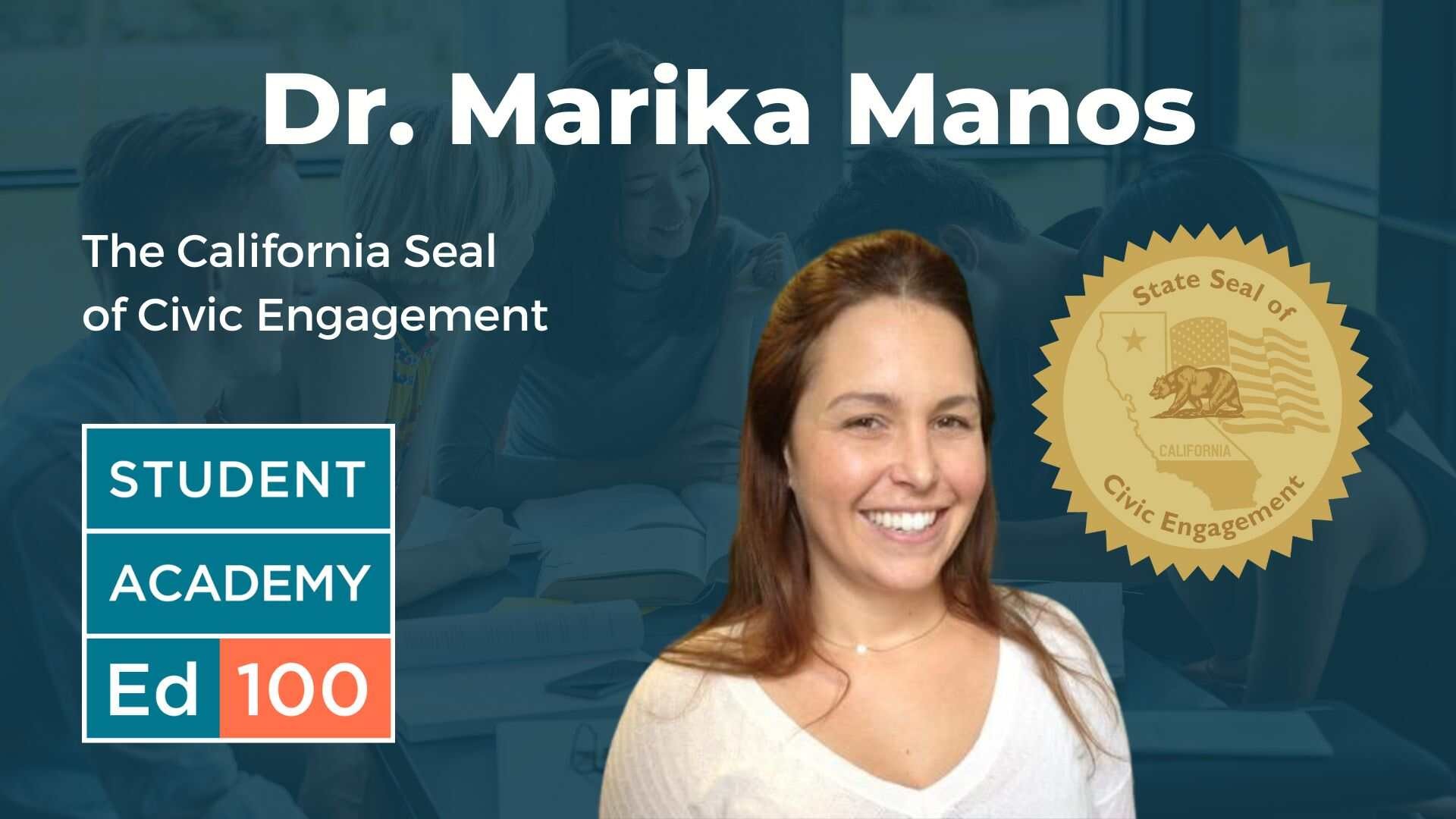
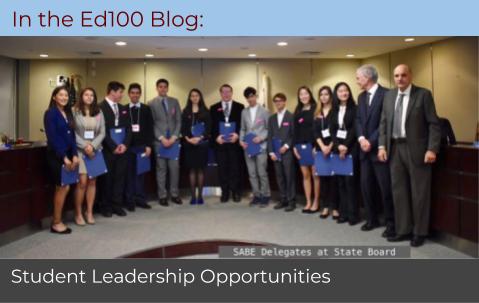

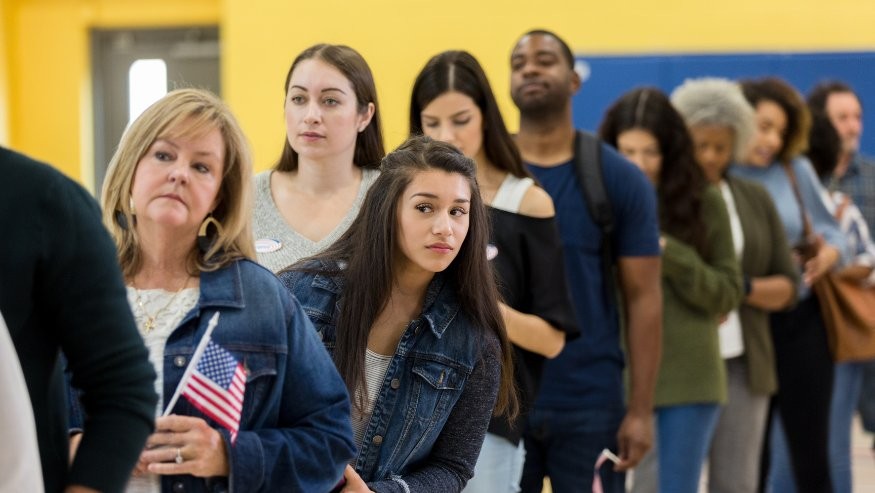
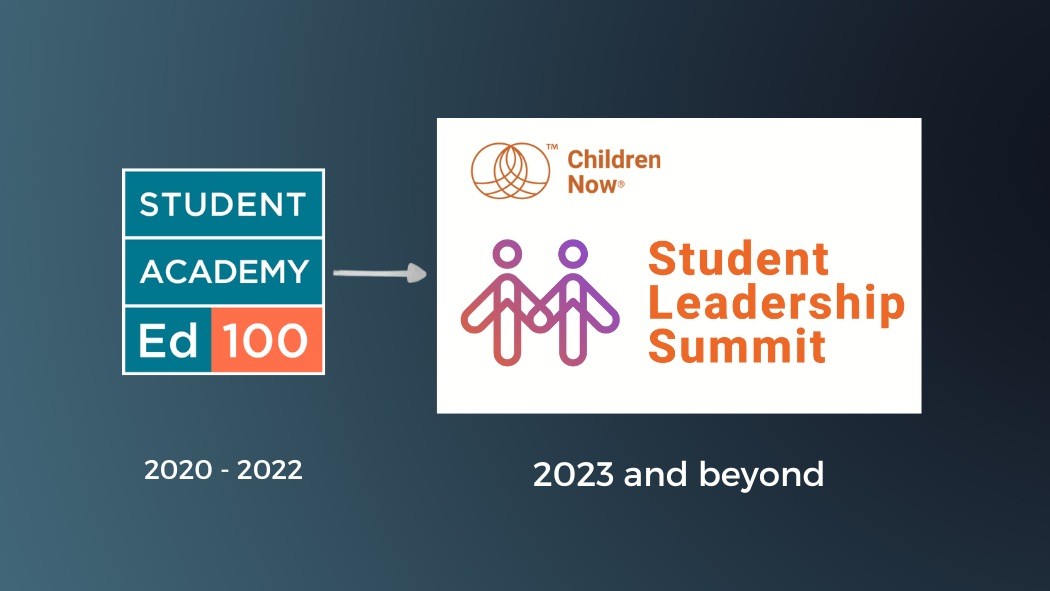









Questions & Comments
To comment or reply, please sign in .
Jeff Camp - Founder August 16, 2025 at 11:44 am
Jeff Camp - Founder June 23, 2024 at 1:02 am
Jeff Camp - Founder March 8, 2023 at 7:53 am
Selisa Loeza October 22, 2021 at 10:22 pm
[email protected] Madrigal March 28, 2022 at 11:17 am
Jeff Camp - Founder June 29, 2021 at 10:29 am
Mateo Meza June 28, 2021 at 10:12 pm
Mo Kashmiri July 11, 2020 at 11:43 am
Jeff Camp July 11, 2020 at 11:21 pm
afrinier February 16, 2020 at 12:03 pm
Caryn February 18, 2020 at 10:37 am
Claudia Knoell December 23, 2019 at 8:22 am
Caryn February 18, 2020 at 10:33 am
Carol Kocivar January 11, 2016 at 12:56 pm
The Student Voices Campaign provides a creative way for young people to make their voices heard in their local school district.
Launched by the California Alliance for Arts Education, the campaign invites students in grades 7-12 to create videos that share their vision for better schools and their education and share them with school district leaders as part of the annual Local Control Funding Formula (LCFF) planning process between November 10, 2015 and April 1, 2016.
Find out more:
http://studentvoicescampaign.org
Jeff Camp - Founder October 16, 2015 at 1:04 pm
Jeff Camp - Founder September 11, 2015 at 10:32 am
Jeff Camp - Founder May 23, 2015 at 1:03 pm
ptalisa April 28, 2015 at 5:46 pm
shadowzwench April 27, 2015 at 12:23 pm
Veli Waller April 3, 2015 at 9:47 pm
norburypta March 17, 2015 at 9:30 pm
Jeff Camp - Founder March 17, 2015 at 10:31 pm
jenzteam February 27, 2015 at 10:31 am
Students should be encouraged and asked to participate in school decisions. Student councils are not for everyone ,but just like band or choir or drama - the option should be available for them to speak out. Even if their friends aren't a part of the council, they most likely give their opinions to those who are. It's no different from how I am not a senator but still tell him/her how I feel they should vote.
Paul Muench October 31, 2014 at 9:33 pm
Jeff Camp - Founder November 1, 2014 at 10:53 pm
Arati N June 19, 2014 at 2:08 pm